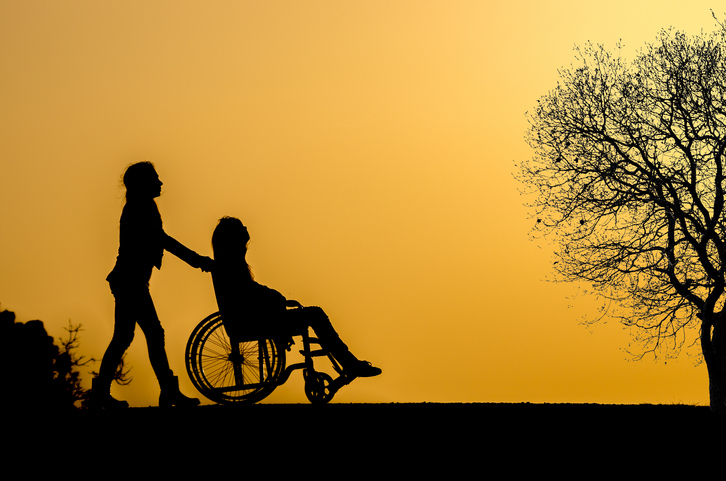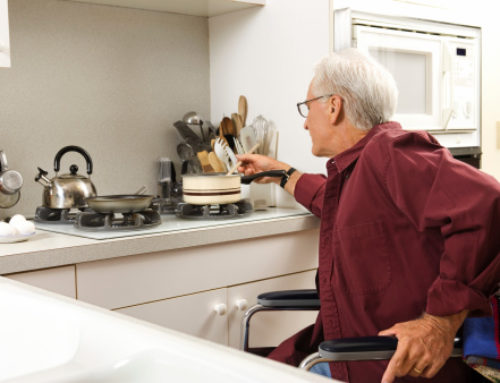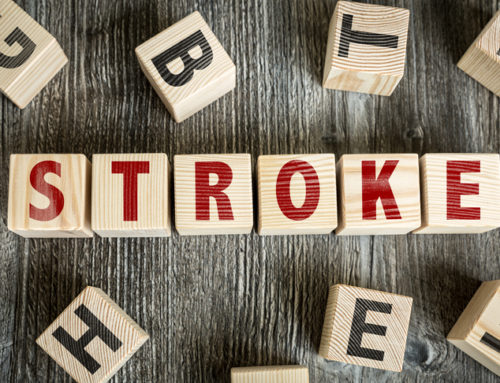There are many types of strokes but there are only three main types that cause major damage that will eventually lead to rehabilitation through physical therapy and wheelchair recovery. Not all stroke patients require wheelchairs but those that do require them need to understand their use first. The goal is to always get back to relying on our own two feet and eventually ditching the wheelchair, but until that happens it’s a smart idea to pick a comfortable, helpful wheelchair.
Types of Strokes
There are three most common types of stroke, but all of them are caused by the same thing; a lack of blood flowing to the brain.
- Transient ischemic attack – This is what most doctors would call a “warning” or a “mini-stroke” which can occur from a minor clot interrupting blood flow to the brain. This kind of stroke will do less damage because the blood flow to the brain is only briefly halted.
- Ischemic Stroke – This occurs when a blood clot has formed and prevents blood from reaching your brain. The clot can form because of many things but the most common reason is from atherosclerosis, which occurs when a build up of fatty deposits enter the lining of a blood vessel. An Ischemic stroke can cause clots to travel to your brain as well. Unlike a transient ischemic attack, an ischemic stroke won’t resolve itself without treatment.
- Hemorrhaging Stroke – A response to a blood vessel in the brain rupturing, which causes the blood to spill into surrounding tissues. There are three subtypes of hemorrhagic strokes. An aneurysm, which happens when a blood vessel ruptures. An arteriovenous malformation, this happens when blood vessels take on an abnormal form and if they rupture, it can cause a hemorrhagic stroke. One of the most common type of stroke is brought on by high blood pressure that can weaken blood vessels in the brain and result in bleeding.
Every kind of stroke has a different recovery process but they all cause similar complications with the brain. It can be anything from minor behavioral changes to paralysis, it all depends on the type of hemorrhaging. It can affect any part of the brain which can impair basic speech, increase or decrease sensitivity to temperatures and pain, and can damage movement skills.
For example, a stroke on the left side of your brain can affect movement and functionality in the right side of your body – and vice versa. It is possible to regain these previously lost functions but only through rehabilitation and time. This is often why stroke patients use wheelchairs.
Stroke Recovery: What use does a wheelchair have?
A wheelchair isn’t always necessary in the event of a stroke, occasionally the aftermath of a stroke isn’t too bad but a majority of the time, precautions such as manual wheelchairs are the smarter option when in recovery.
The only way to make a full recovery after a stroke is through rehabilitation, and even then there is no guarantee that there will be a full recovery. To encourage muscle movement and physical exercise, a manual wheelchair is often recommended. No matter the type of stroke, if it is severe enough to affect mobility functions then it is recommended to use a wheelchair or a walker at the very least. This can help promote physical functions to return and can even speed up the process.
Wheelchair customization can help you feel more comfortable in your new wheelchair after a stroke, a good idea would be to obtain a work tray for your wheelchair to offer a work space or a place to eat without having to transfer out of the chair. It also works as a great armrest. To make things even more comfortable for you in your new wheelchair, a seat cover that offers padding can aid in preventing pinching or rashes.
Life Beyond the Wheelchair
For some stroke survivors, they have to rely on a wheelchair for the rest of their lives but there are a majority of people that can walk again after proper therapy. Little aids like non-slip socks and leg lifters aid in your recovery into walking on your own.
Another good investment would be transfer aids to and from the car and around the house. Even though you might feel like you’re in a full recovery, a brain hemorrhage can still be in effect and it can randomly impair your function at any moment. A stroke can cause many odd things to happen out of the blue, like falling or collapsing, which is why these tools are helpful. It’s always better to be safe than sorry!
Source:






